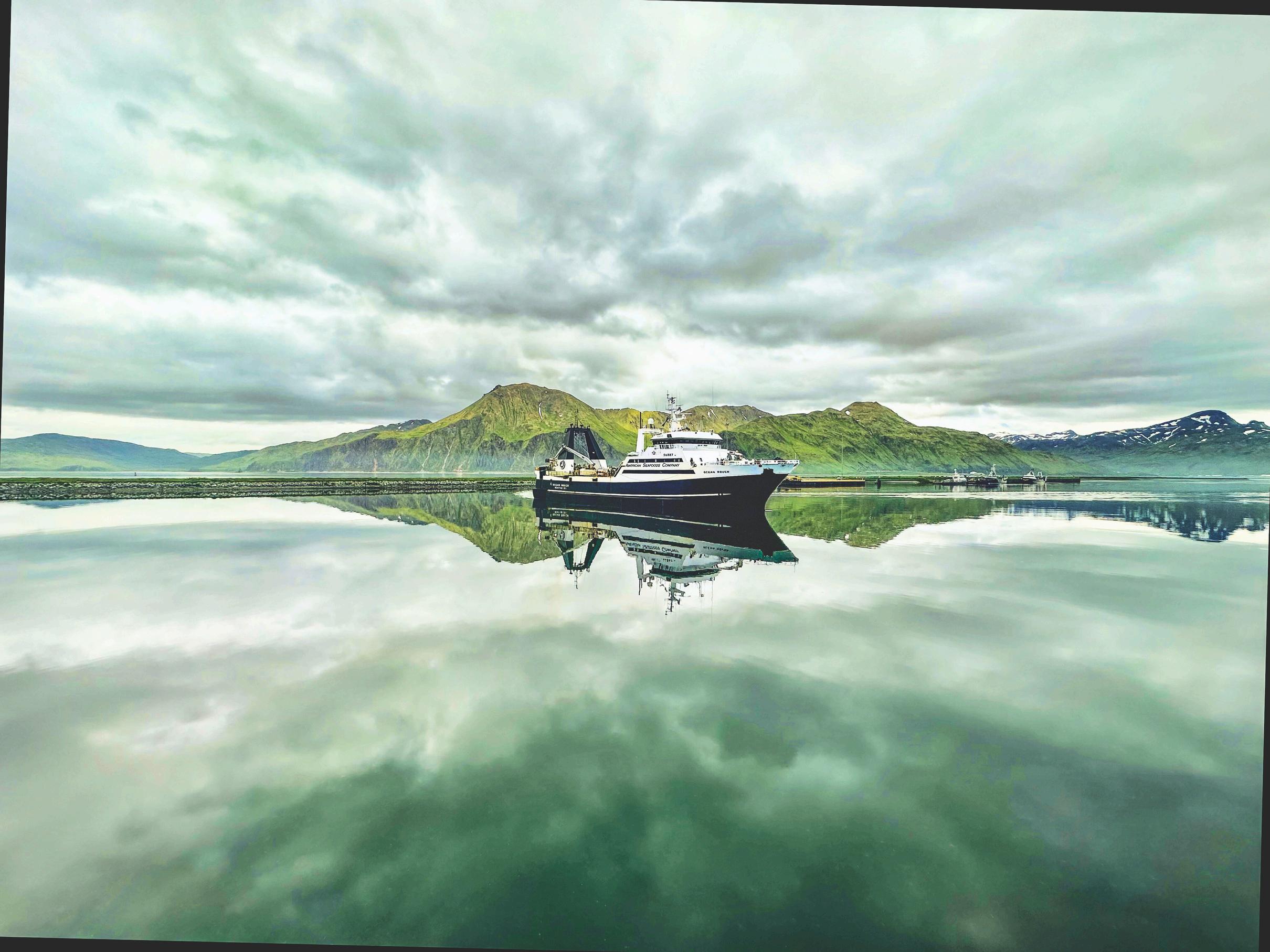

A message from the



A message from the
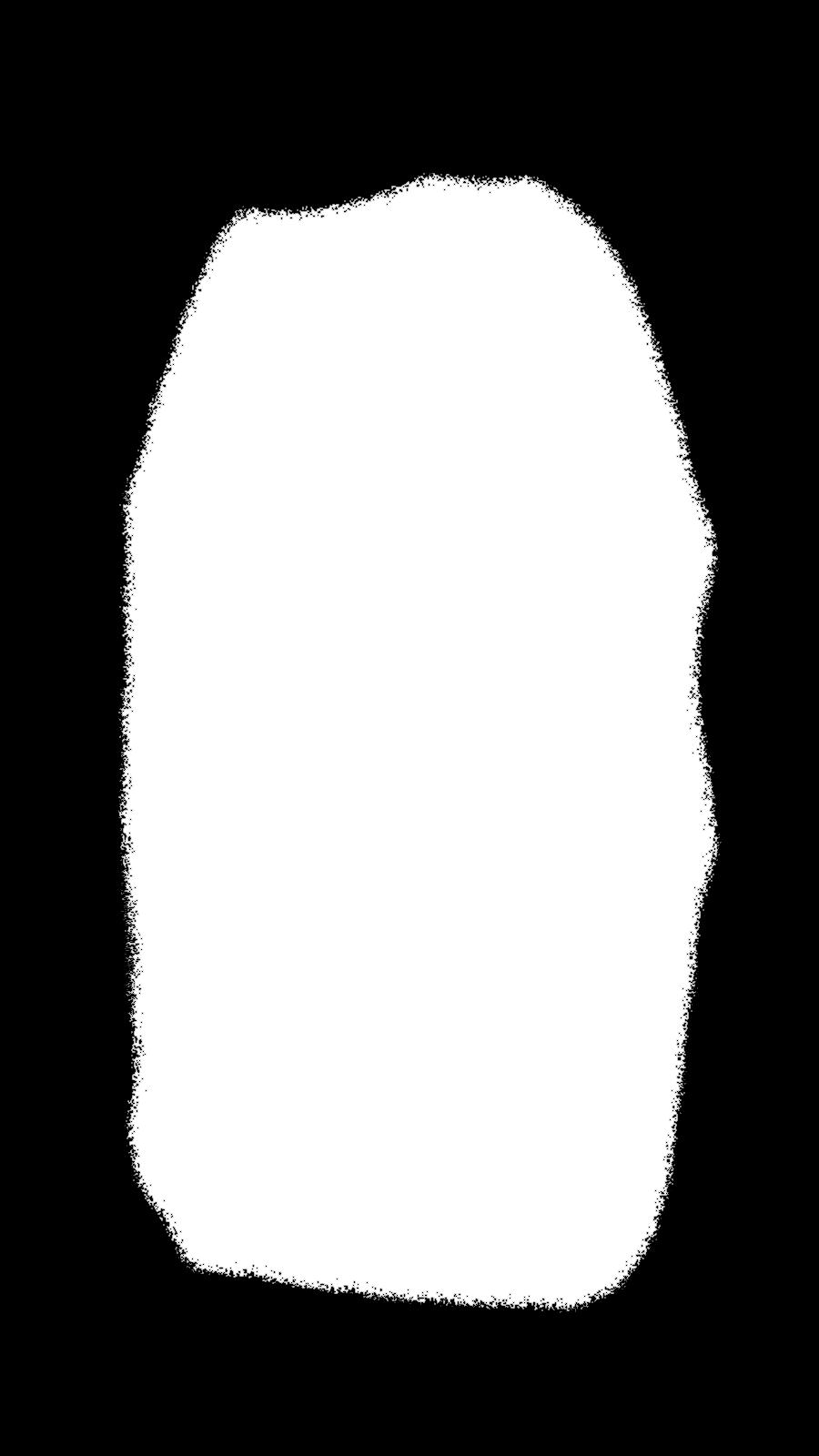

We are pleased to present American Seafoods’ third annual sustainability report. We remain proud of our long track record of responsible fishing guided by the best available science, and, our efforts to go above and beyond what is required of us by regulation or law. This includes everything from full disclosure of our annual catch and carbon data, to programs that support our crew, give back to Alaska and provide healthy, affordable protein around the world.
This year we will begin a new biennial reporting cycle. Odd years will feature fuller narratives that describe our business and operations in more detail, whereas even years will present shorter, quantitative updates to key performance metrics. That means this year’s report is all about data – especially quantifying the value that our sustainability focus brings to our business, our people and our environment
We hope you will explore some of our accomplishments from this past year, including:
Significant and sustained reductions in incidental catch
Comprehensive carbon accounting across ASC’s parent company
New recycling initiatives
Renewed investment in technology innovation
Expanded health and safety support for crew
Substantial increases in all philanthropic programs
On behalf of everyone at American Seafoods, thanks for your interest in our sustainability initiatives. Performance, ambition and transparency will continue to guide these efforts, and we look forward to advancing this work with our many valued partners in 2025 and beyond
Reducedtotalincidentalcatchby60%since2021
Pg8
Reducedincidentalsalmoncatchby90%since2021
Pg8
ExpandedgreenhousegasaccountingtoallASGsubsidiaries
Pg11
InitiatedfiberandfilmrecyclinginDutchHarbor,Alaska
Pg15
Recycled35,000lbs(16metrictons)ofretirednetplastics
Pg16
Increasedcharitablegivingby31%
Pg19
IncreasedWesternAlaskacommunitygrantsby33%
Pg19

American Seafoods is one of the world’s leading whitefish harvesters, and our fleet of catcher-processors operates exclusively in US federal waters Our quota allocations translate to 175% of the Bering Sea-Aleutian Islands wild Alaska pollock fishery total allowable catch (TAC), and 15% of the wild Pacific hake TAC
We are subject to the legal and regulatory oversight of the following federal frameworks and agencies:
Magnuson-Stevens Fishery Conservation and Management Act / American Fisheries Act
U.S. Department of Commerce / National Oceanic and Atmospheric Administration
North Pacific and Pacific Fishery Management Councils
Pacific Whiting Treaty
US Coast Guard
Maritime Administration
U.S. Environmental Protection Agency
Occupational Safety and Health Administration
U.S. Food and Drug Administration
And are voluntary members of multiple trade associations:

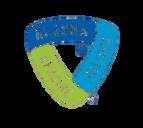


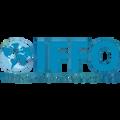

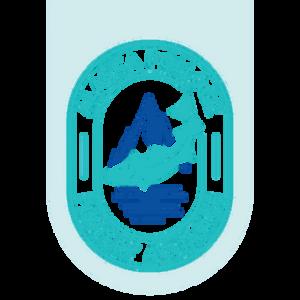
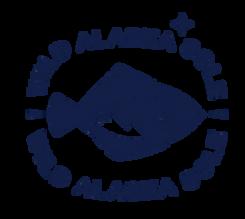
This report covers our activities and performance during calendar year 2024. For more detailed information on our fishing and logistics operations, waste and recycling programs, crew safety and medical programs and philanthropic priorities, please refer to American Seafoods’ 2023 Sustainability Report
Our two primary fisheries continue to be well above healthy population levels The Bering Sea and Aleutian Islands Alaska pollock stock – which constituted 86% of American Seafoods’ catch in 2024 – is consistently close to 10 million metric tons of adult biomass (despite the fishery harvesting only 15%). It remains the second highest volume fishery in the world, and the largest for directed human consumption.
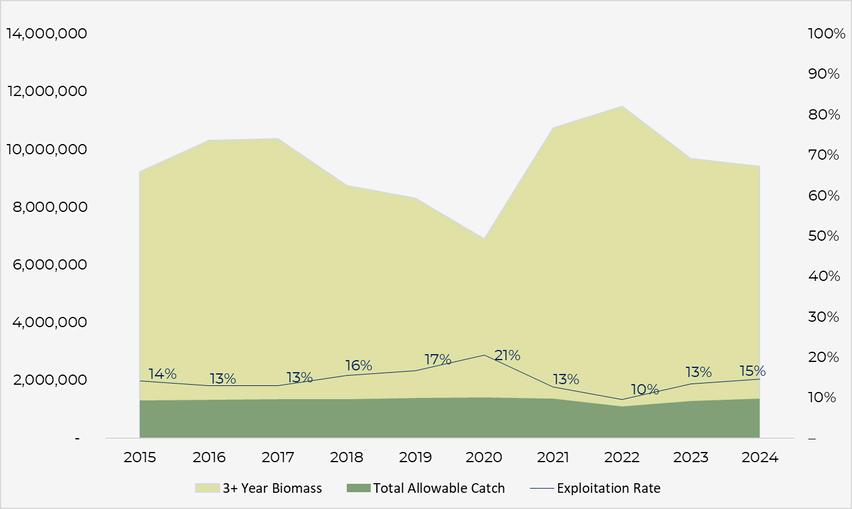
Source: The North Pacific Fishery Management Council
The wild Pacific hake stock – which constituted a smaller proportion of American Seafoods’ catch in 2024 –remains near 3 million metric tons of adult biomass (despite the fishery harvesting only 6%). In 2024, oceanographic conditions off the U.S. West Coast were abnormally cold, resulting in the lowest annual catch of the last 25 years



Source: Governments of the United States and Canada
We operate in two of the ‘cleanest’ fisheries in the world when it comes to the proportion of target catch relative to incidental, or unintended, catch. Our captains have decades of experience and are focused as much on avoiding nontarget species as they are catching wild Alaska pollock and wild Pacific hake Their performance is measured against several federal regulatory standards, verified by onboard government observers, and also validated as sustainable by independent third-party eco-labels. Additionally, our harvesting cooperatives employ a number of voluntary measures to ensure that we avoid excessive bycatch whenever possible
In terms of performance, our total prohibited species catch in the Alaska pollock fishery decreased 60% since 2021, and chum salmon catch was the lowest on record since 2012.
And recently published research from the Alaska Fisheries Science Center shows
that more than 80% of incidental chum salmon catch originated from Asian hatcheries, meaning they are likely competing with native fish and would not have returned to Alaskan or Pacific Northwest rivers
PROHIBITED SPECIES CATCH (PSC)*
Pacific herring
Pacific salmon (four spp.)
Pacific halibut
Crab (three spp)
*Estimated based on a 4kg-average weight for salmon and a 2kg-average weight for crab
We see a similar picture for wild Pacific hake Our target catch rate increased to 98% in 2024 Incidental catch indicators were also trending in the right directionwe had the lowest chinook salmon catch rate since 2013, and the lowest for rockfish since 2015.
PROHIBITED SPECIES CATCH (PSC)*
Rockfish (six spp)
Sablefish
Chinook salmon
Pacific halibut
*Estimated based on a 2kg-average weight for salmon
Once again, 100% of American Seafoods’ catch is third-party certified by the world’s leading eco-labels, and fully traceable back to the vessel, location and date of capture.
(Species)
Bering Sea/Aleutian Islands Alaska pollock (Gadus chalcogrammus)
Bering Sea/Aleutian Islands Pacific Cod (Gadus macrocephalus)
Bering Sea/Aleutian Island Flatfish (multiple spp)
Trawl

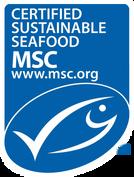




Trawl


*Individual assessments for each species can be found by clicking on their respective certification logos
American Seafoods conducted its first carbon footprint in 2012, and since 2021 performs annual Scope 1, 2 and 3 inventories according to the guidelines set out by the Greenhouse Gas (GHG) Protocol.
The vast majority of American Seafoods’ carbon emissions result from the fuel used to power our fishing vessels and move our products around the world On average, approximately 70% of our footprint originates from Scope 1 activitieswith the remainder of our GHG inventory concentrated in upstream transportation and distribution and purchased goods and services.
In practice, this is directly attributed to consumables (packaging, additives and food for crew), capital expenditures, repair and maintenance activities, crew travel and purchased electricity for cold storage and shore power

Through 2023, our GHG inventories focused on American Seafoods Company –the largest division of American Seafoods Group (ASG), which is responsible for all fishing operations and downstream sales.
In 2024 we expanded our carbon accounting to include all emissions attributable to ASC’s parent company, which includes a cold storage facility in Dutch Harbor, Alaska, and freight and logistics services that carry ASC products and those of third-party customers. This represented an additional 66,000 mt CO2-e in 2024.
Other notable changes in our 2024 emissions inventory included:
Less fuel burned due to fewer fishing days for all seven vessels.
A corresponding decrease in consumables (packaging, additives, groceries), operational waste and crew travel.
In total we saw a 10% reduction in emissions compared to 2023.
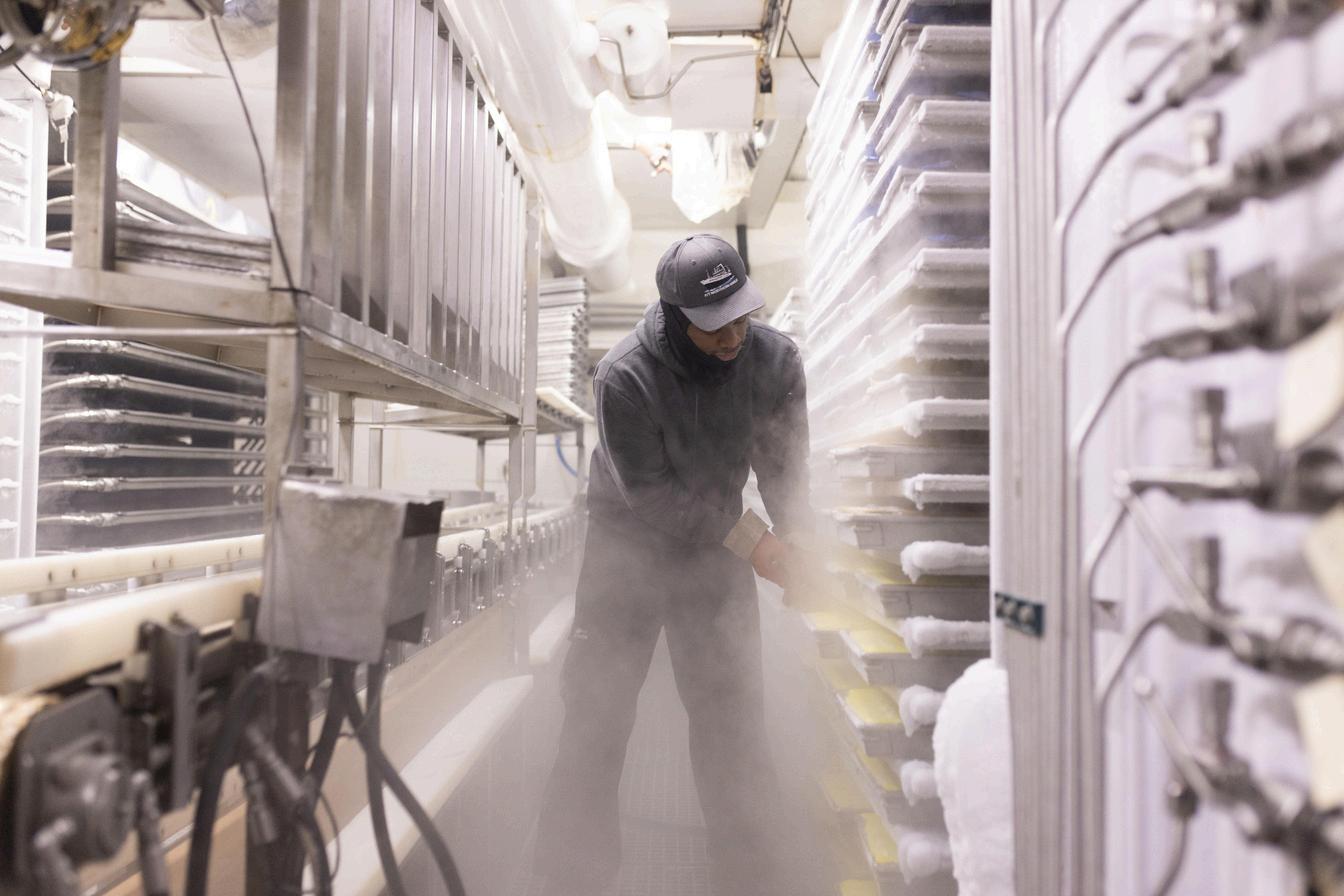
American Seafoods operates no shore-based production facilities and processes and freezes every fish caught at sea, which is one of the main reasons our carbon intensity (emissions per unit of product) is so low Our product footprint includes relevant portions of Scope 1, 2 and 3 emissions, distributed by relative proportion of overall catch to the three species categories below. The main items excluded from these calculations are utilities for ASC offices, corporate travel and employee commuting.
Product Footprints
To put this in perspective, ASC products are among the lowest carbon footprint proteins on Earth.
PROTEIN GHG COMPARISON
Ourcarbon footprintissmall


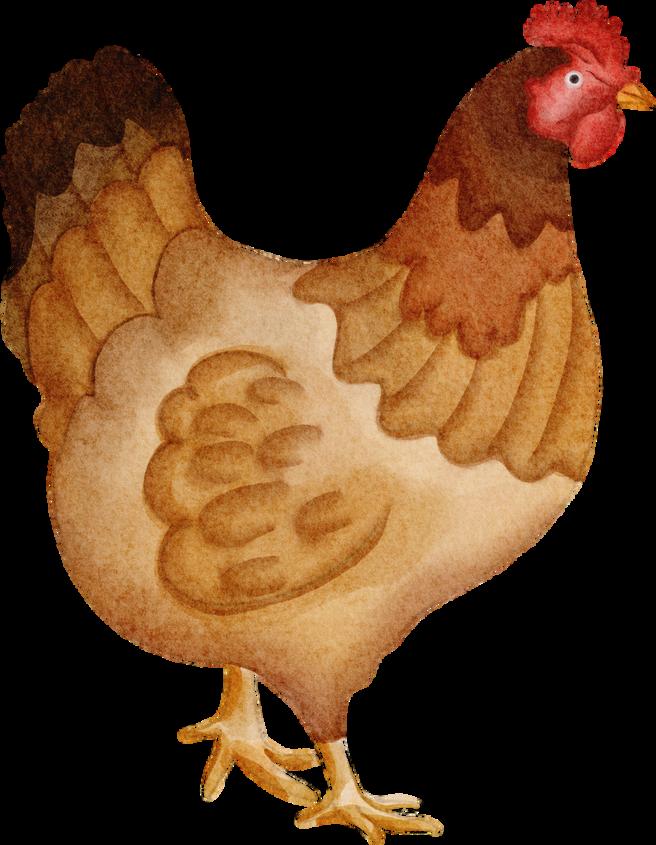

*when compared to American Seafoods Wild Alaska Pollock and Wild Pacific Hake
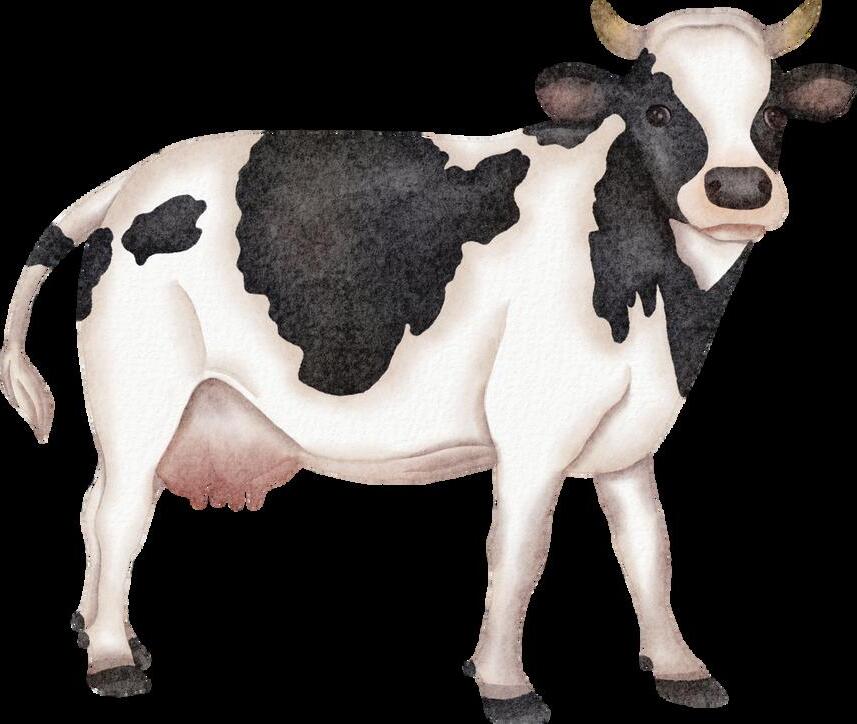
At Dutch Harbor, American Seafood fleet discharges at Kloosterboer Du Harbor (KDH). Since 2022, significan investments and upgrades have be made by KDH and its stakeholders, including new cargo handling equipment and a complete overhau of the facility’s refrigeration system and enhanced automation.
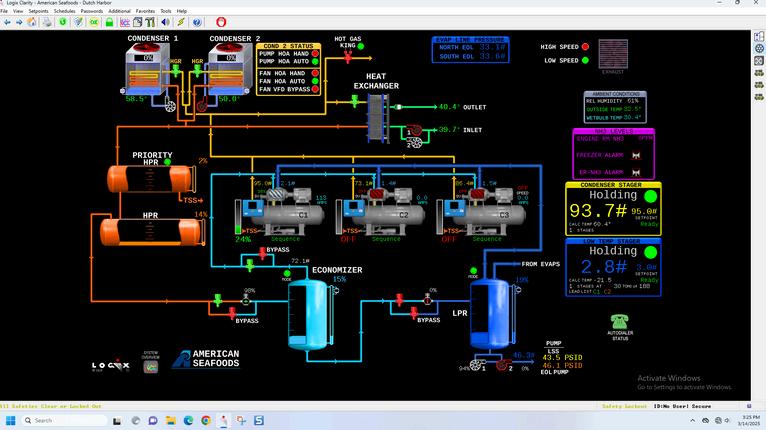

As a direct consequence of these financial and technical investments, we increased the energy efficiency of the facility by more than 30 percent in 2024 (resulting in 110 mt of avoided CO2-e emissions) This also reduced the carbon intensity from 110 to 87 kWh per frozen ton discharged from American Seafoods’ fishing vessels.
Similar to our GHG inventory, American Seafoods now measures Scope 1, 2 and 3 totals for our operational, packaging and indirect waste annually. Scope 1 operational waste and Scope 3 indirect waste are generated at our two warehouses in Seattle and Dutch Harbor and at our two vessel offload sites in Bellingham and Dutch Harbor. It is unlikely that any appreciable amounts of either escape to the environment given the strong waste management infrastructure in each location
OPERATIONAL WASTE (SCOPE 1, IN MT)
OPERATIONAL WASTE (SCOPE 3, IN MT) 13
*These values are estimated according to the methodology outlined in American Seafoods’ 2023 packaging and waste footprint final report
On the other hand, Scope 2 packaging waste is managed by customers of our products all over the world and is beyond our operational control. Therefore, it is likely that a certain percentage of these materials escape to the environment –especially in countries with poor waste capture and recycling practices (as defined by the Plasteax database)

Recycling
Sanitary landfill
Incineration & energy recovery
Exported plastic
Plastic to nature
*These values are estimated according to the methodology outlined in American Seafoods’ 2023 packaging and waste footprint final report
Key changes in our packaging & waste footprint in 2024 included:
Greater product volume delivered to countries with strong waste management infrastructure
Initiation of Scope 3 recycling for fiber and plastic film in Dutch Harbor, Alaska
Doubling the recycling rate of Scope 3 indirect waste (from 10% to 21%)
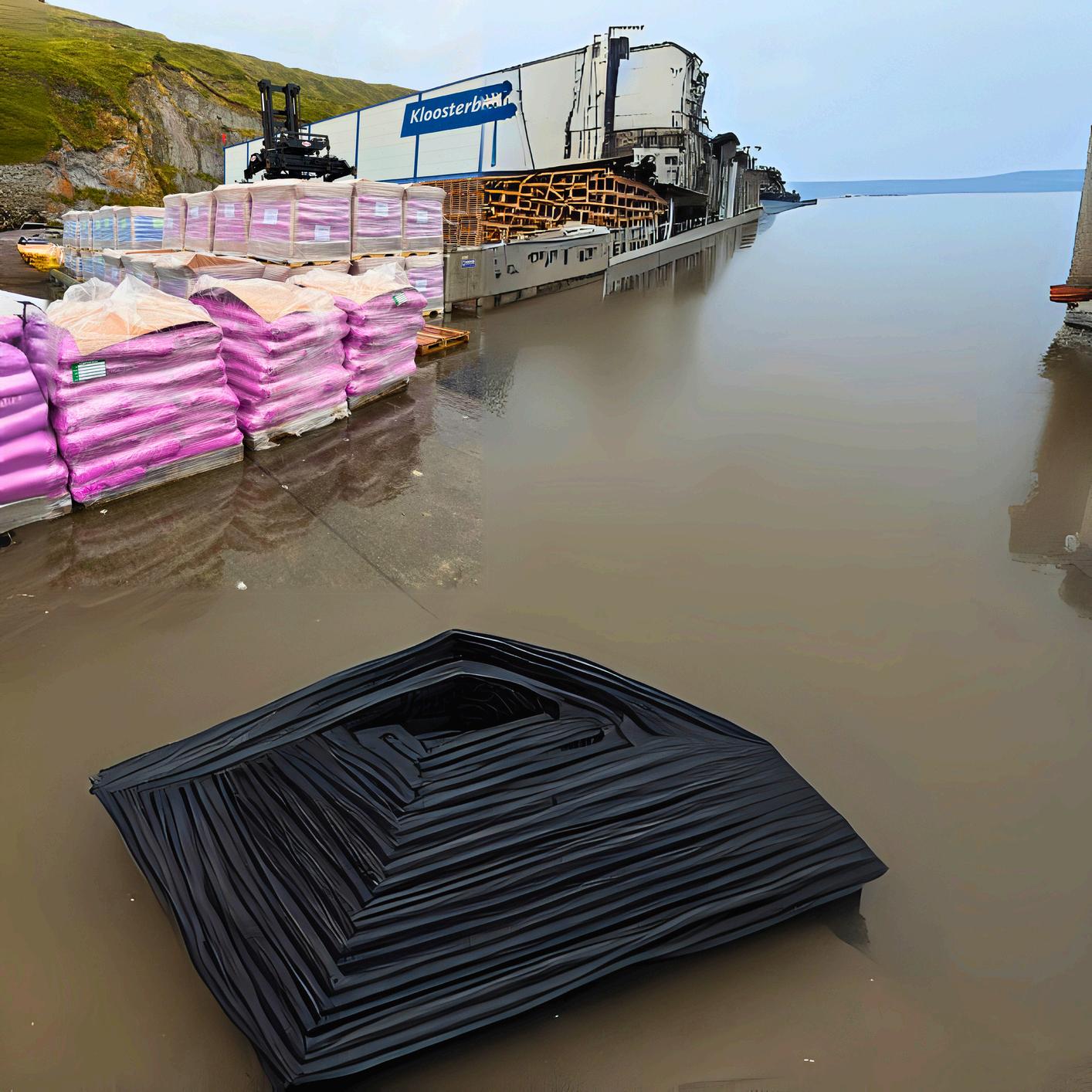
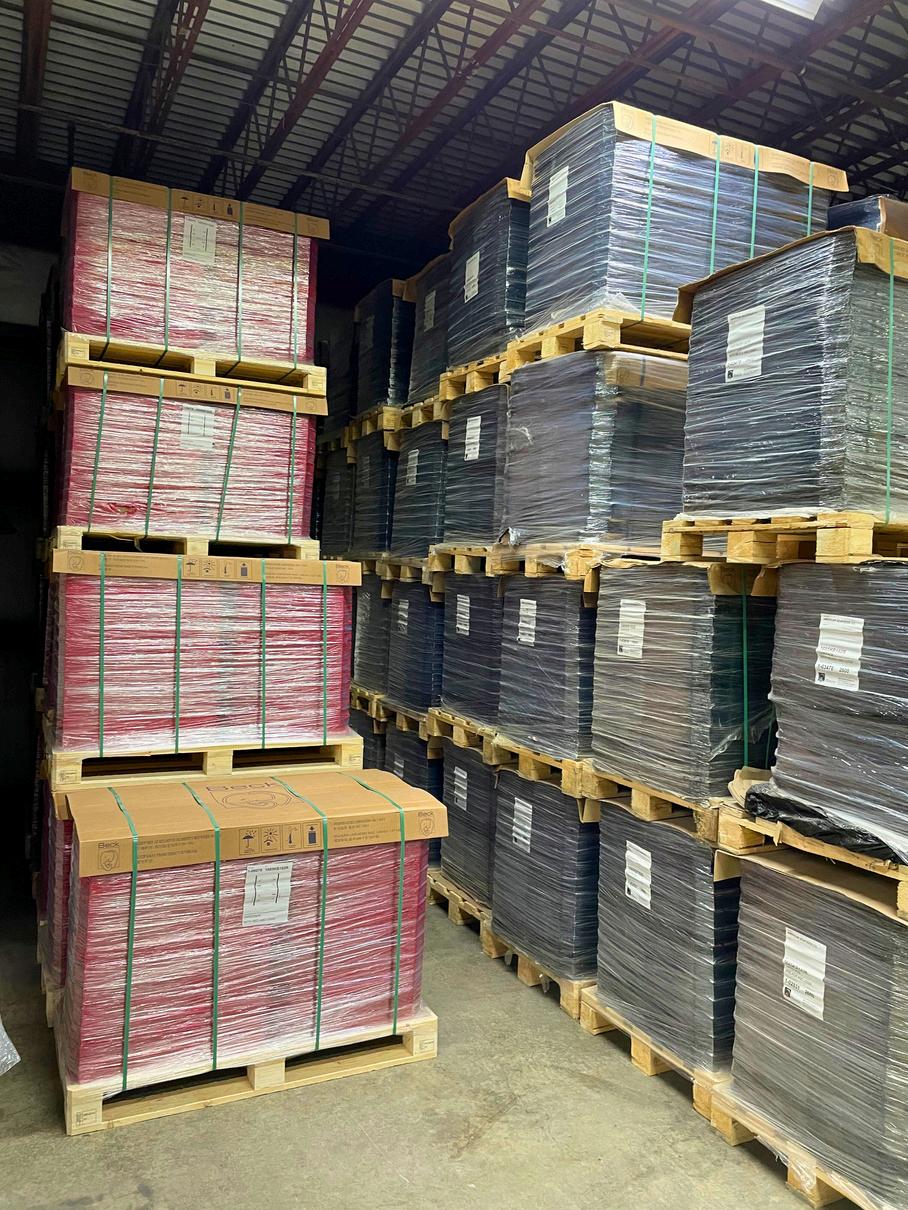
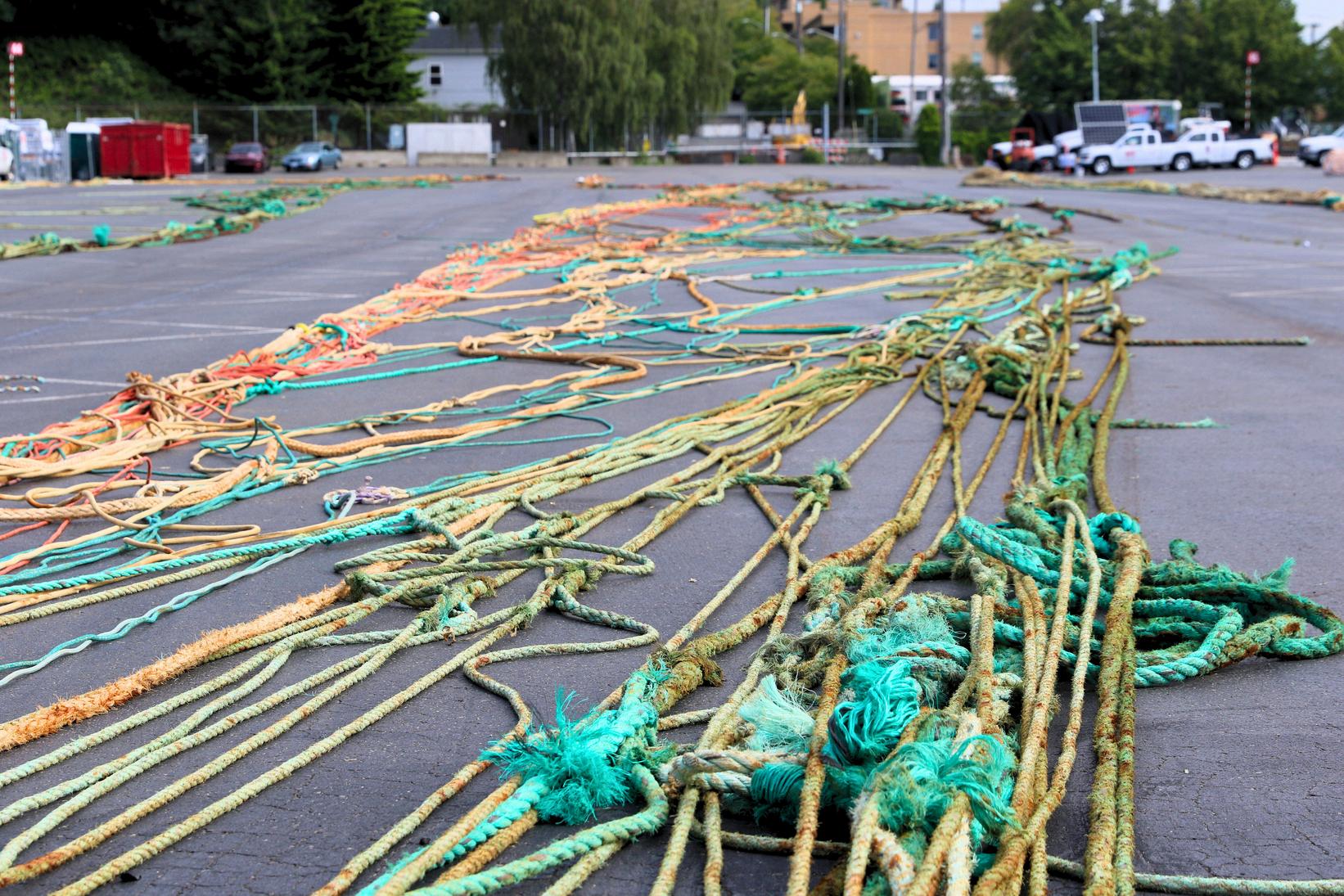
All totaled, we processed and sorted approximately 16 metric tons (35,000 lbs) of reusable plastic, and another several thousand pounds of steel cable and chain that was recycled as scrap metal. Just as we preach full utilization of the fish we r old fishing gear.


Below you will find key data characterizing our corporate employees and vessel crew.
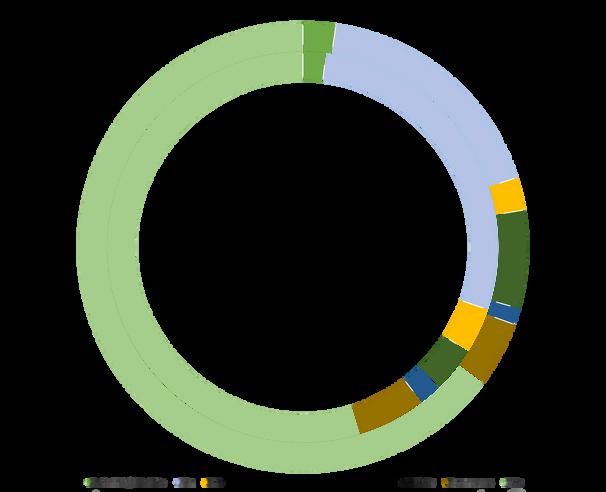

*Outer Ring = Male (85); Inner Ring = Female (53) | **Outer Ring = Male (721); Inner Ring = Female (74)
Our continued investments in preventative safety training and medical care are key to our crew’s success. Programs like Fit for Duty have significantly reduced serious illnesses onboard since 2022, and our year-round commitment to safety education and implementation empower our crew to identify and address issues before they become a hazard
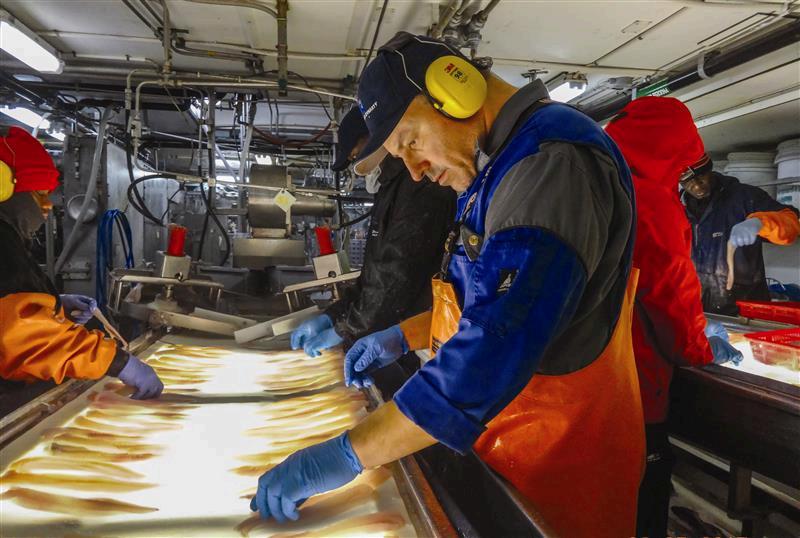

Finally, our FISH certification program for crew recruiting, compensation, training, safety and labor standards was recently recognized by the Consumer Goods Forum Sustainable Supply Chain Initiative (SSCI) benchmark process for successfully meeting their criteria for Social Compliance: At-Sea Operations Scope.
SSCI seeks to build trust in certification programs by recognizing those programs that align with best practices set by leading industry stakeholders FISH joins just six other programs meeting the SSCI benchmark and is just the second to meet the At-Sea Operations Scope The benchmark process assesses the program's standard, management and governance against 140 unique criteria to ensure it is operating in a credible and transparent manner.
This is not only important recognition of the high social standards we hold ourselves to, it also sets an example for other fleets to follow in the pursuit of more transparent seafood supply chains

Alarnermuit Yupiit Lavvkaarat, Alutiiq Museum & Archaeological Repository, Ayagina'ar Elitnaurvik Senior Class, Bethel Winter House, Boys & Girls Clubs of Southcentral Alaska, Bristol Bay Regional Food Bank, Brother Francis Shelter, Chevak Native Village, Chevak Search & Rescue, Chief Paul Memorial School, City of Goodnews Bay, Emmonak Corporation, Emmonak School Student Council, Hooper Bay Search & Rescue, Hospice & Palliative Care of Kodiak, Island Trails Network, Kashunamiut School District, KCUK-FM, KDLG Public Radio, Kodiak Kingfishers Swim Club, Kodiak Maritime Museum, Kodiak Soil and Water Conservation District, Kodiak Women's Resource and Crisis Center, KUHB-FM, Nalaquq LLC, Naparyalruar Store, Native Village of Kongiganak, Native Village of Napaskiak, Old Harbor Alliance, Opt-In Kiana, Pribilof School District, Senior Citizens of Kodiak, The Salvation Army-Kodiak Corps, Trailmarker Ministries, Unalaska Senior Citizens, Unalaskans Against Sexual Assault and Family Violence
Given our Scope 1-heavy carbon profile, our decarbonization ambition focuses on reducing emissions from our fishing vessels. In 2024, we began evaluating the technical, logistical and financial feasibility of transitioning to renewable diesel (RD). Similar to sustainable aviation fuel, RD is chemically identical to fossil diesel and can be used as a drop-in fuel with no effect on performance And depending on feedstock, it can reduce CO emissions up to 75% Renewable diesel is not yet available in Alaska, but we are starting to see small amounts in Washington. Our goal in 2025 is to identify a reliable supply of RD and prepare our vessels for its use.
Until then, we will continue to make our existing hulls, engines and other equipment more efficient A promising new technology is the development of inwater hull cleaning through the use of highly maneuverable scrubber drones The premise is simple – rather than allow vessels to become increasingly fouled with algae and shells in between drydock cycles, proactive grooming keeps a clean hull clean and allows it to operate at peak efficiency. In 2024, we partnered with Hullbot to pilot the technology on two American Seafoods vessels. Our goals are to demonstrate the robots can effe i l l h ll i h d i i i hull coatings, perform in extrem constraints and prove an ROI for could be deployed across the en 2



This report is prepared in reference to the Global Reporting Initiative (GRI) standard and describes our efforts on a suite of material topics outlined by the sector standard for Agriculture, Aquaculture and Fishing Please see below for individual disclosures, which span our last two sustainability reports.
GRI STANDARD DISCLOSURE LOCATION
GRI 2: General Disclosures 2021 2-1 Organizational details Company and Reporting Overview
GRI 2: General Disclosures 2021 2-2 Entities included in the organization’s sustainability reporting Company and Reporting Overview
GRI 2: General Disclosures 2021 2-3 Reporting period, frequency and contact point Company and Reporting Overview
GRI 2: General Disclosures 2021 2-6 Activities, value chain and other business relationships See 2023 ASC sustainability report
GRI 2: General Disclosures 2021 2-7 Employees Our Crew
GRI 2: General Disclosures 2021 2-12 Role of the highest governance body in overseeing the management of impacts See 2023 ASC sustainability report
GRI 2: General Disclosures 2021 2-16 Communication of critical concerns See 2023 ASC sustainability report
GRI 2: General Disclosures 2021 2-22 Statement on sustainable development strategy See 2023 ASC sustainability report
GRI 2: General Disclosures 2021 2-26 Mechanisms for seeking advice and raising concerns See 2023 ASC sustainability report
GRI 2: General Disclosures 2021 2-28 Membership associations Company and Reporting Overview
GRI 2: General Disclosures 2021 2-30 Collective bargaining agreements See 2023 ASC sustainability report
GRI 13: Agriculture, Aquaculture and Fishing Sectors 2022 13-1 Emissions Energy
GRI 13: Agriculture, Aquaculture and Fishing Sectors 2022 13-2 Climate adaptation and resilience See 2023 ASC sustainability report
GRI 13: Agriculture, Aquaculture and Fishing Sectors 2022 13-3 Biodiversity Fishing Operations
GRI 13: Agriculture, Aquaculture and Fishing Sectors 2022 13-7 Water and effluents See 2023 ASC sustainability report
GRI 13: Agriculture, Aquaculture and Fishing Sectors 2022 13-8 Waste Plastics and Waste
GRI 13: Agriculture, Aquaculture and Fishing Sectors 2022 13-9 Food security Commitment Beyond Business
GRI 13: Agriculture, Aquaculture and Fishing Sectors 2022 13-9 Food security See 2023 ASC sustainability report
GRI 13: Agriculture, Aquaculture and Fishing Sectors 2022
GRI 13: Agriculture, Aquaculture and Fishing Sectors 2022
GRI 13: Agriculture, Aquaculture and Fishing Sectors 2022
GRI 13: Agriculture, Aquaculture and Fishing Sectors 2022
GRI 13: Agriculture, Aquaculture and Fishing Sectors 2022
GRI 13: Agriculture, Aquaculture and Fishing Sectors 2022
GRI 13: Agriculture, Aquaculture and Fishing Sectors 2022
GRI 13: Agriculture, Aquaculture and Fishing Sectors 2022
GRI 13: Agriculture, Aquaculture and Fishing Sectors 2022
GRI 13: Agriculture, Aquaculture and Fishing Sectors 2022
GRI 13: Agriculture, Aquaculture and Fishing Sectors 2022
13-13 Land and resource rights
13-15 Non-discrimination and equal opportunity
See 2023 ASC sustainability report
See 2023 ASC sustainability report
13-16 Forced or compulsory labor See 2023 ASC sustainability report
13-17 Child labor
13-18 Freedom of association and collective bargaining
See 2023 ASC sustainability report
See 2023 ASC sustainability report
13-19 Occupational health and safety Our Crew
13-20 Employment practices Our Crew
13-21 Living income and living wage See 2023 ASC sustainability report
13-23 Supply chain traceability Fishing Operations
13-24 Public policy
See 2023 ASC sustainability report
13-25 Anti-competitive behavior See 2023 ASC sustainability report
GRI 13: Agriculture, Aquaculture and Fishing Sectors 2022 13-26 Anti-corruption
GRI 203: Indirect Economic Impacts 2016
GRI 205: Anti-corruption 2016
GRI 301: Materials 2016
GRI 302: Energy 2016
GRI 302: Energy 2016
GRI 303: Water and Effluents 2018
GRI 303: Water and Effluents 2018
GRI 304: Biodiversity 2016
GRI 305: Emissions 2016
GRI 305: Emissions 2016
GRI 305: Emissions 2016
GRI 305: Emissions 2016
GRI 306: Waste 2020
See 2023 ASC sustainability report
203-1 Infrastructure investments and services supported Energy; Commitment Beyond Business
205-2 Communication and training about anti-corruption policies and procedures See 2023 ASC sustainability report
301-1 Materials used by weight or volume Plastics and Waste
302-3 Energy intensity Energy
302-4 Reduction of energy consumption Energy
303-1 Interactions with water as a shared resource See 2023 ASC sustainability report
303-2 Management of water discharge-related impacts See 2023 ASC sustainability report
304-2 Significant impacts of activities, products and services on biodiversity Fishing Operations
305-1 Direct (Scope 1) GHG emissions Energy
305-2 Energy indirect (Scope 2) GHG emissions Energy
305-3 Other indirect (Scope 3) GHG emissions Energy
305-4 GHG emissions intensity Energy
306-1 Waste generation and significant waste-related impacts Plastics and Waste
GRI 306: Waste 2020
GRI 306: Waste 2020
GRI 306: Waste 2020
GRI 401: Employment 2016
GRI 402: Labor/Management Relations 2016
GRI 403: Occupational Health and Safety 2018
GRI 403: Occupational Health and Safety 2018
GRI 403: Occupational Health and Safety 2018
GRI 403: Occupational Health and Safety 2018
GRI 403: Occupational Health and Safety 2018
GRI 403: Occupational Health and Safety 2018
GRI 403: Occupational Health and Safety 2018
GRI 403: Occupational Health and Safety 2018
GRI 403: Occupational Health and Safety 2018
GRI 403: Occupational Health and Safety 2018
GRI 413: Local Communities 2016
GRI 415: Public Policy 2016
GRI 417: Marketing and Labeling 2016
306-2 Management of significant waste-related impacts Plastics and Waste
306-3 Waste generated Plastics and Waste
306-4 Waste diverted from disposal Plastics and Waste
401-2 Benefits provided to full-time employees that are not provided to temporary or part-time employees
402-1 Minimum notice periods regarding operational changes
See 2023 ASC sustainability report
See 2023 ASC sustainability report
403-1 Occupational health and safety management system Our Crew
403-2 Hazard identification, risk assessment and incident investigation Our Crew
403-3 Occupational health services See 2023 ASC sustainability report
403-4 Worker participation, consultation and communication on occupational health and safety
403-5 Worker training on occupational health and safety
403-6 Promotion of worker health
403-7 Prevention and mitigation of occupational health and safety impacts directly linked by business relationships
403-8 Workers covered by an occupational health and safety management system
See 2023 ASC sustainability report
See 2023 ASC sustainability report
See 2023 ASC sustainability report
See 2023 ASC sustainability report
See 2023 ASC sustainability report
403-9 Work-related injuries Our Crew
403-10 Work-related ill health Our Crew
413-1 Operations with local community engagement, impact assessments and development programs Commitment Beyond Business
415-1 Political contributions
417-1 Requirements for product and service information and labeling
See 2023 ASC sustainability report
See 2023 ASC sustainability report
